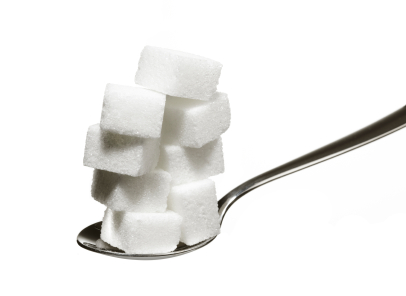 A Washington Post columnist has come out in favor of chocolate milk in school.
A Washington Post columnist has come out in favor of chocolate milk in school.
I opened the Post this morning to find former metro reporter Petula Dvorak whining about the things schools have banned this year, but most of all flavored milk. She even takes a poke at British chef and school-food reformer Jamie Oliver for actually praising the decision by D.C. schools to take chocolate and strawberry milk off the menu.
Won’t kids collapse in a heap of osteoporosis if they can’t have their chocolate milk? Dvorak moans. What harm could a few extra teaspoons of sugar possibly do?
Dvorak’s attitude is not uncommon. She’s a perfect shill for the dairy industry, which has mounted a national scare campaign to keep sugary milk in school. It is, after all, one of their best sellers and perhaps the only bright spot in a pretty dismal picture where plummeting milk consumption is concerned.
By Dvorak’s logic, we should just add sugar to foods we want kids to eat. If they don’t like carrots, let’s serve them carrot cake instead. If they won’t eat their spinach, let’s hide it in a brownie.
In fact, sugar is the go-to ingredient in under-funded school cafeterias. Not only does it induce kids to buy the food in the federally subsidized meal line, it’s a cheap source of the calories the government says kids must be served if schools are to qualify for those federal funds. With our inattention to the way schools are feeding our kids, we’ve allowed them to slip into a state of dependency on a food additive that is clearly implicated in our epidemic of childhood obesity and a host of modern diseases: diabetes, hypertension, atherosclerosis, and a surge in non-alcoholic fatty liver disease in children.
Once I and other concerned parents began monitoring what D.C. schools were serving in the cafeteria, they discovered kids as young as five routinely were consuming 15 teaspoons of sugar or more before classes even started because of breakfasts loaded with chocolate and strawberry milk, Apple Jacks cereal, Pop-Tarts, Giant Goldfish Grahams, and Otis Spunkmeyer muffins. We campaigned for and succeeded in getting these sugary foods removed from the D.C. school menu and replaced with healthier options.
As school-food consultant and author Kate Adamick points out, there are approximately 4.2 grams of sugar in a teaspoon of sugar, and approximately 115 teaspoons in a pound of sugar. Thus, if a child drinks a carton of flavored milk with as little as 10 grams of added sugars every day during a 180-day school year, he will consume more than 3.5 pounds of added sugars. Needless to say, if that same child is drinking the flavored milk for both breakfast and lunch, he’s consuming more than 7 pounds of added sugars in a single school year. The more grams of added sugars in each carton of flavored milk, the bigger that number becomes — and quickly.
So, my message for Dvorak and others like her: Try a little harder. We can teach kids to drink plain milk. Loading foods with sugar is not only too easy, it’s a dangerous habit.
But advocates of healthier school food need to get their act together where this campaign for sugary milk is concerned. Already a “study” bought and paid for by the dairy industry, and conducted by a food marketing firm that also works for Coca-Cola, Pepsi, and Nestle, has found its way into the conversation, claiming kids who don’t have chocolate milk at their disposal don’t get enough calcium or Vitamin D. Again, the answer is to try a little harder — surely we can find better sources of those nutrients than liquid sweetener.



